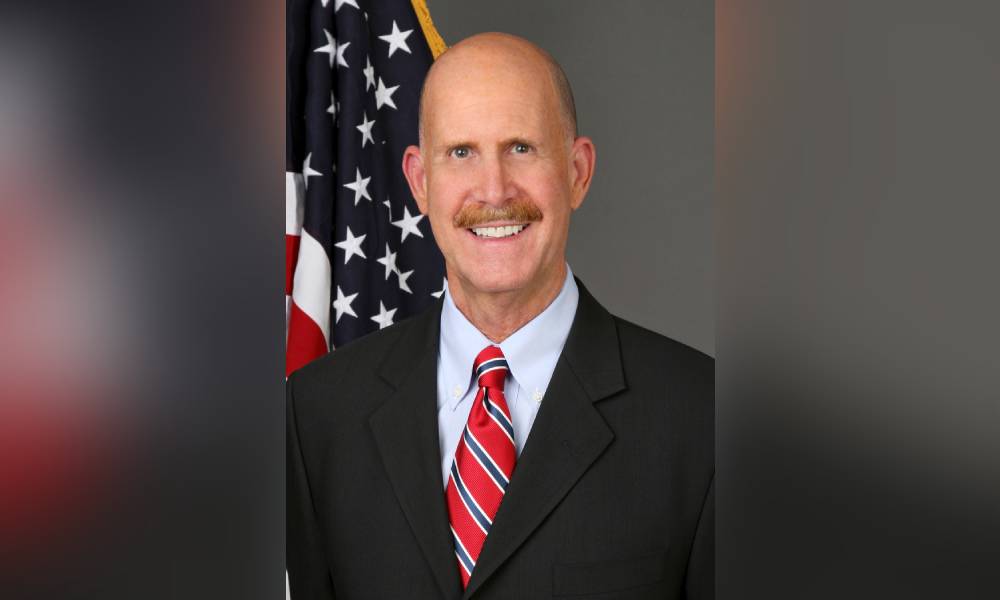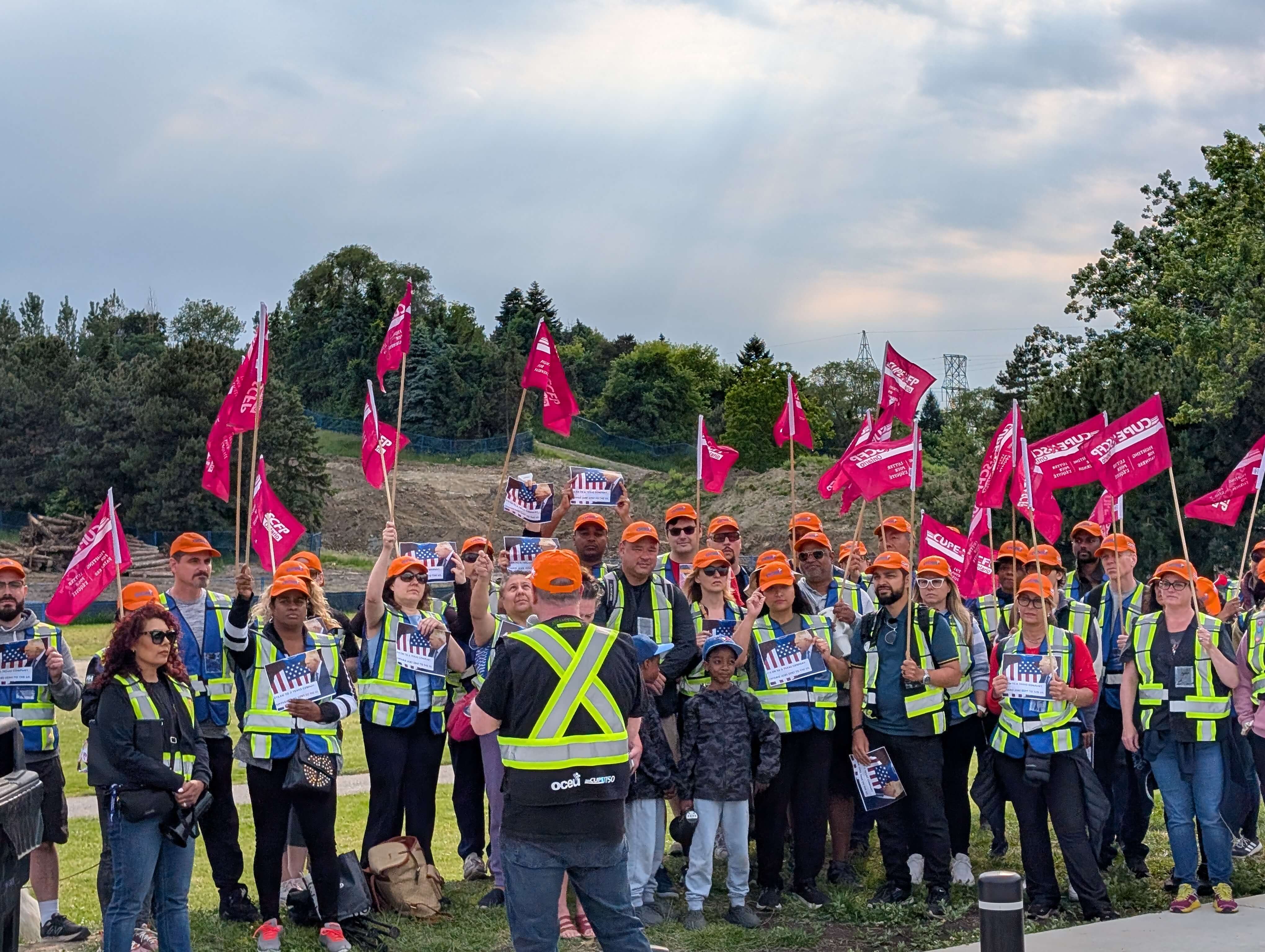John Howard discusses key OHS tech and questioned whether we can really make sound decisions using artificial intelligence

John Howard, Director, National Institute for Occupational Safety and Health (NIOSH) has questioned whether the industry is training its future occupational safety practitioners with the right skills to become decision data scientists.
Speaking on the power of technology in the future workplace at the XXII World Congress on Safety and Health at Work, he said that while tech solutions may provide valuable data, he asked whether we can really make sound decisions using artificial intelligence (AI)?
Howard is one of the most influential voices in the U.S. occupational safety and health landscape, and is now in his third term as NIOSH director.
Following his first NIOSH appointment in 2002, he was also appointed as special coordinator to respond to the health effects of the September 11 attacks. In 2011, he became the administrator of the World Trade Center Health Program.
Now, Howard is leading the Institute’s response to COVID.
READ MORE: Golden rules for safety: putting a sharp focus on the Vision Zero Strategy
Over the last two decades, Howard has witnessed some of the most important changes to worker health and safety in U.S. history, but during his keynote speech he looked toward the changes to come and the power of technology in the future workplace.
Howard highlighted the importance of sensor technologies which he said were at the heart of the industrial internet. Indeed, by deploying sensors, the entire workforce and everyone in it becomes a data input source. In turn, he says, these sensors become intelligent assets operating in the physical and digital space.
“That has resulted in cloud-based sensor inputs which give us a (sic) occupational data analytics tool, which can support our risk assessment and our risk management decision making, and it can turn all of us into data decision scientists,” said Howard.
Sensors exist in multiple forms such as placeables (sensors placed in and around the workplace to collect information from the ambient work environment); wearables (e.g. sensors attached to workers); and even implantables which can be inserted into the skin.
READ MORE: More to do to combat cancer risks in the workplace, warns expert
Another piece of tech that he was keen to highlight was industrial exoskeletons:
“They are introduced across a number of industry sectors to augment, amplify, to reinforce the performance of an existing worker’s body components,” said Howard.
Though there are still few peer reviewed, published studies about the safety and health implications of wearable exoskeletons, Howard nevertheless says that they may play a role in reducing work-related musculoskeletal disorders (MSDs) that arise from, for example, lifting and handling heavy materials.
And though there is certainly value to be derived from safety tech solutions, Howard said during his keynote that there isn’t necessarily a consensus about the benefits of sensors, industrial exoskeletons or other AI solutions like robotics as he mentioned during his keynote.
READ MORE: World leaders in occupational safety prepare for virtual World Congress
The XXII World Congress on Safety and Health at Work was held from Sep 20 – 23. For four days, Canada virtually hosted delegates from 120 countries around the globe.
This year, the Congress was held entirely digitally – a first in its history. The World Congress is the largest event for the world’s health and safety community, and is eagerly anticipated by safety pros around the globe.
In a nice tie-in to the shift to a virtual platform, the theme of this year was ‘Prevention in the Connected Age: global solutions to achieve safe and healthy work for all’ – something made even more pressing by the advent of COVID.
Canadian Occupational Safety was proud to be the official media sponsor of this year’s Congress.
The Institute for Work & Health (IWH) and the Canadian Centre for Occupational Health and Safety (CCOHS) were the co-hosts of the Congress.
The World Congress is sponsored by the International Labour Organization (ILO) and the International Social Security Association (ISSA).





